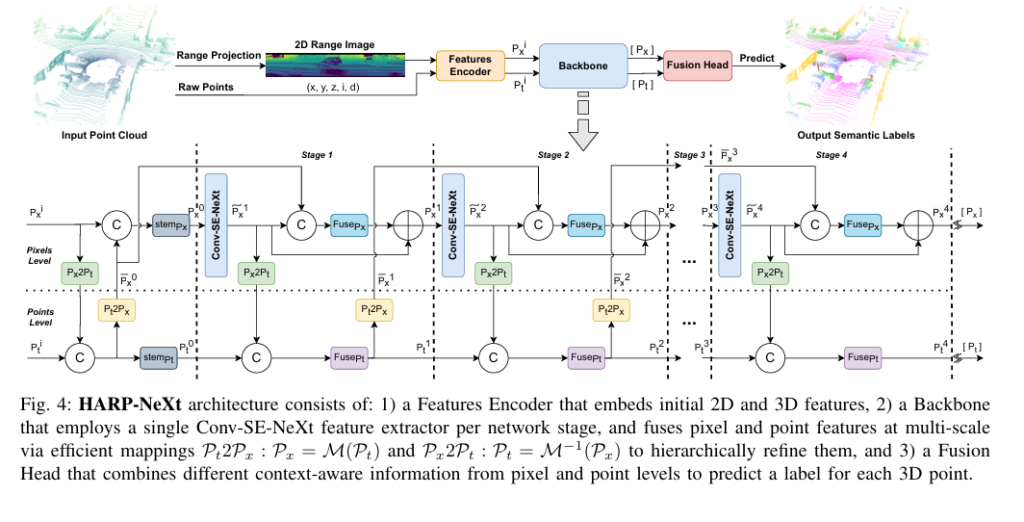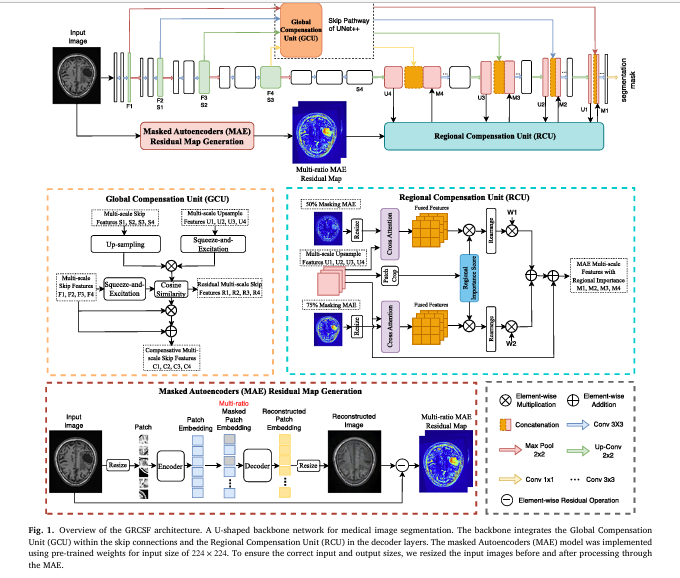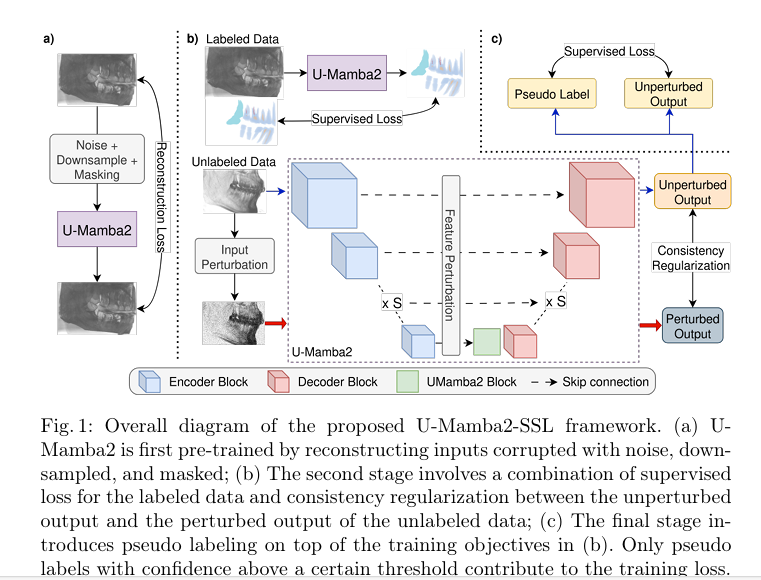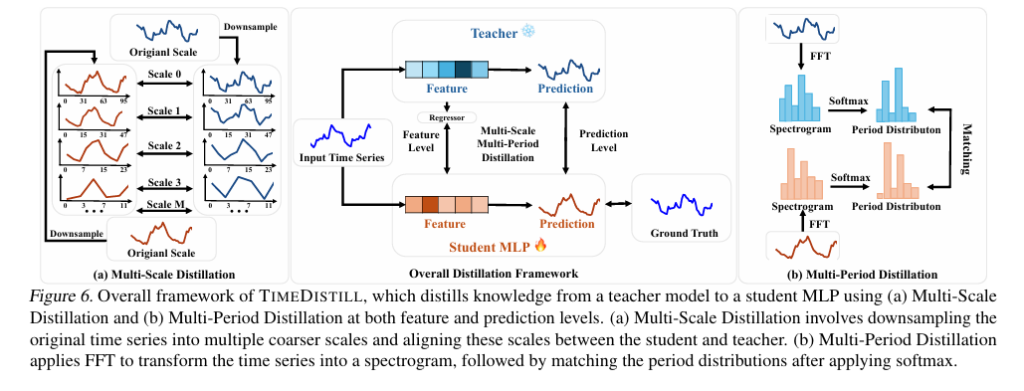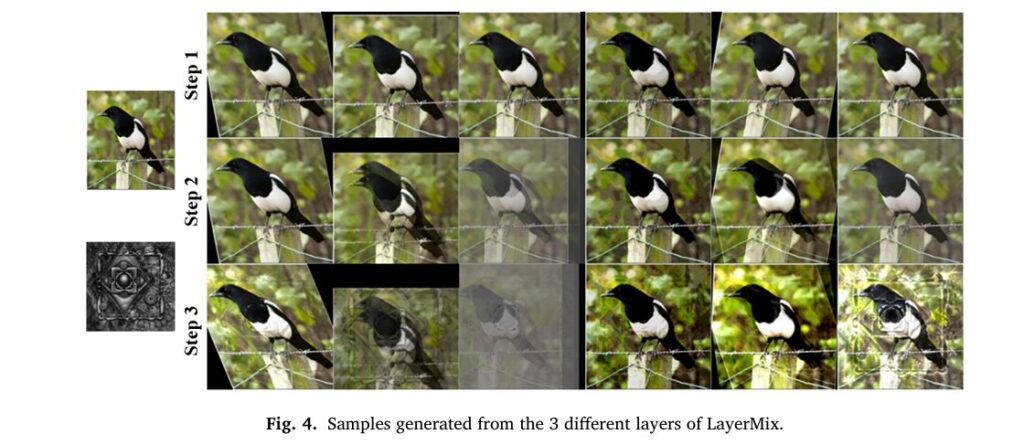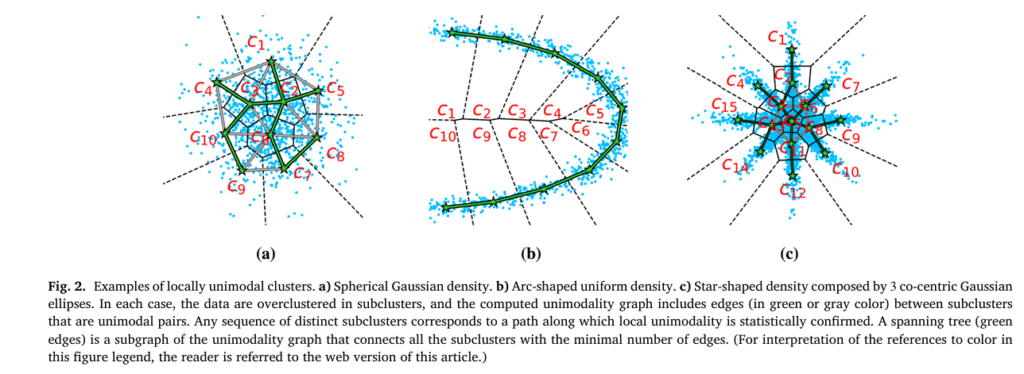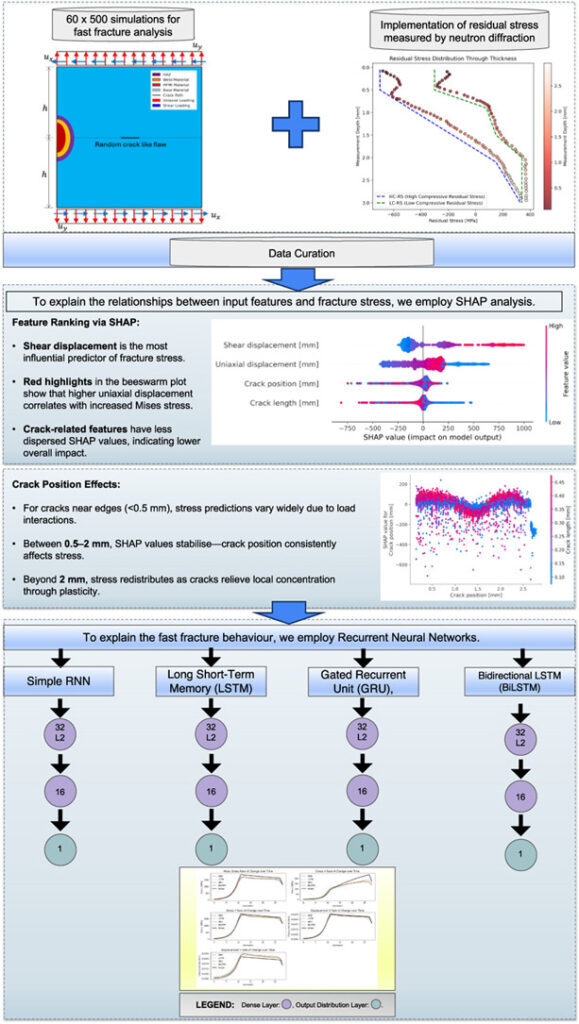HARP-NeXt: The Breakthrough LiDAR Segmentation Network That Delivers Real-Time Accuracy for Autonomous Vehicles
Introduction: Why Real-Time, Accurate LiDAR Segmentation is the Holy Grail for Self-Driving Cars Imagine a self-driving car navigating a bustling city street at rush hour. Pedestrians dart across crosswalks, cyclists weave through traffic, and delivery trucks pull over unexpectedly. For the vehicle to make split-second, life-or-death decisions, it needs more than just a map—it needs […]

